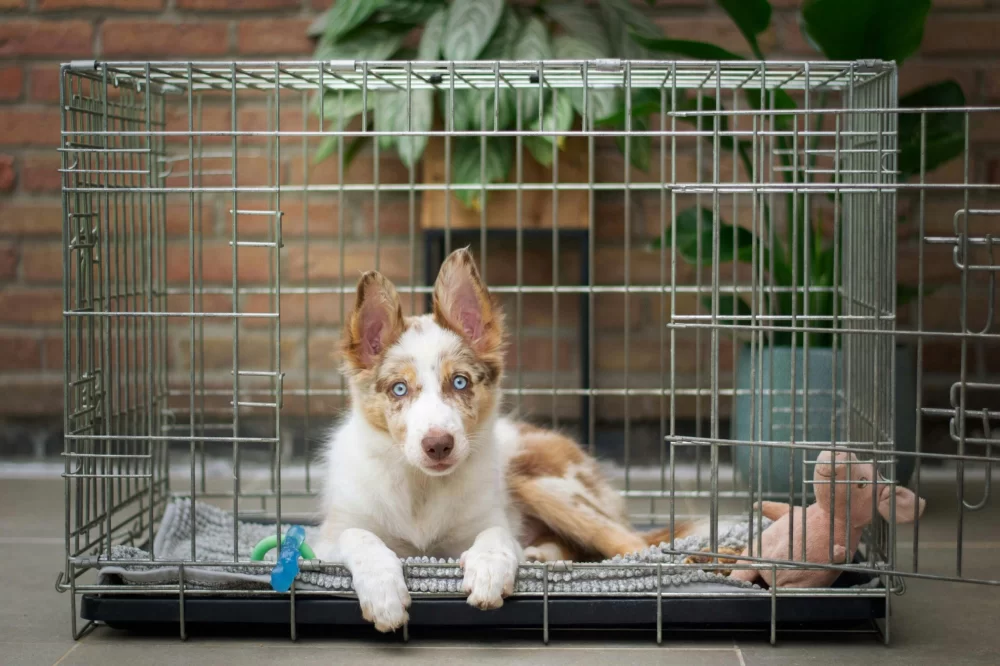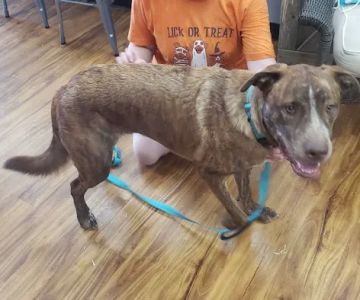How to Teach Your Dog to Relax in Their Crate
As a pet owner, you probably know the importance of crate training for dogs. Whether it's for their safety during car trips, managing separation anxiety, or simply creating a secure space for them, crates can be a wonderful tool. However, teaching your dog to relax in their crate can sometimes feel like a daunting task. I’ve been there myself with my own dog, Max, who initially thought of his crate as a prison cell. With patience, consistency, and the right approach, though, I learned how to help him feel more comfortable. In this article, I’ll share the step-by-step process I followed to teach Max to relax in his crate. You can apply these techniques to your own dog’s training as well.
Understanding Crate Anxiety in Dogs
Before we dive into the training techniques, it’s essential to understand why your dog might feel anxious in their crate. Crate anxiety is a common issue, and it often happens because dogs associate the crate with negative experiences or feel confined and isolated. In Max's case, when we first introduced the crate, he would whine, scratch, and even refuse to enter it. Dogs like Max, especially those who have not been crate-trained from a young age, may not immediately see the crate as a safe and cozy environment.
Crate anxiety can also stem from a lack of positive reinforcement, so it’s important to avoid scolding your dog for whimpering or trying to escape. Instead, focus on creating positive associations with the crate. Gradually, your dog will start seeing the crate as their own safe space where they can relax, not something to fear.
Step 1: Introduce the Crate as a Positive Space
When I first introduced Max to his crate, I made sure it didn’t feel like a forced or stressful experience. One of the best ways to make the crate a positive space is to place treats, toys, and a comfortable bed inside. For the first few days, I kept the door open so Max could explore the crate at his own pace without feeling trapped.
To encourage him to enter, I used treats and his favorite chew toy. I’d toss the treats inside and praise him every time he stepped into the crate. The idea was to create a strong positive association so that Max would start seeing the crate as a place where good things happen.
Step 2: Gradually Close the Door
After Max became comfortable entering the crate and spending time inside with the door open, I started closing the door for short periods. The key here is to make these sessions brief and always ensure your dog remains calm. I began by closing the door for just a few seconds while Max was calm inside. If he started to whine or show signs of stress, I opened the door immediately to prevent him from associating the crate with negative feelings.
Over time, I gradually increased the duration Max spent in the crate with the door closed. I kept it positive by giving him treats when he was calm and relaxed. I also continued to use his favorite toys, like a chew bone, to keep him entertained.
Step 3: Create a Relaxing Environment Inside the Crate
Creating a calm and comfortable environment inside the crate can make a huge difference. I added a soft blanket, his favorite pillow, and a calming pheromone spray (specifically made for dogs) to help Max feel more at ease. The pheromone spray mimics the scent of a mother dog and helps reduce anxiety, which was particularly helpful when Max was still adjusting to his crate.
Another thing I found useful was to avoid placing the crate in an area of the house that was too noisy or bustling. Placing it in a quiet corner of the living room allowed Max to feel like he was part of the family, without feeling isolated. Gradually, Max learned to associate his crate with a sense of security and comfort, which was a huge step toward relaxation.
Step 4: Incorporate Short Crate Sessions Into Daily Routine
Consistency is key to crate training. I made sure to incorporate short crate sessions into our daily routine. These sessions helped Max get used to being in the crate even when I wasn’t around. At first, I only left him in for 10-15 minutes while I did chores around the house. This way, he didn’t associate the crate with long periods of isolation.
Over time, I gradually increased the duration, always ensuring that Max was comfortable and calm before extending his time in the crate. I also kept these sessions positive, offering him treats and toys when he remained calm and relaxed in the crate. Eventually, Max began to see the crate not as a source of anxiety but as a safe place where he could rest.
Step 5: Don’t Use the Crate as Punishment
One important thing to remember when crate training is never to use the crate as punishment. If Max had an accident inside the house or chewed on something he shouldn’t have, I never placed him in the crate as a form of discipline. This would have made the crate a negative space, reinforcing his anxiety about it. Instead, I focused on reinforcing good behavior by rewarding him for calm behavior inside the crate and offering praise when he behaved well in the house.
Step 6: Be Patient and Consistent
Finally, one of the most important things I learned through crate training Max is the importance of patience. It didn’t happen overnight. It took time for Max to adjust to the crate, and he needed consistent training and positive reinforcement to feel comfortable. There were moments when I felt like giving up, but I stuck with it because I knew it would ultimately make Max feel more secure and relaxed in the long run.
Training your dog to relax in their crate can be a rewarding experience for both you and your pet. It requires consistency, patience, and understanding. By following these steps, you’ll help your dog feel more comfortable and secure in their crate, turning it into a safe haven instead of a source of stress.












